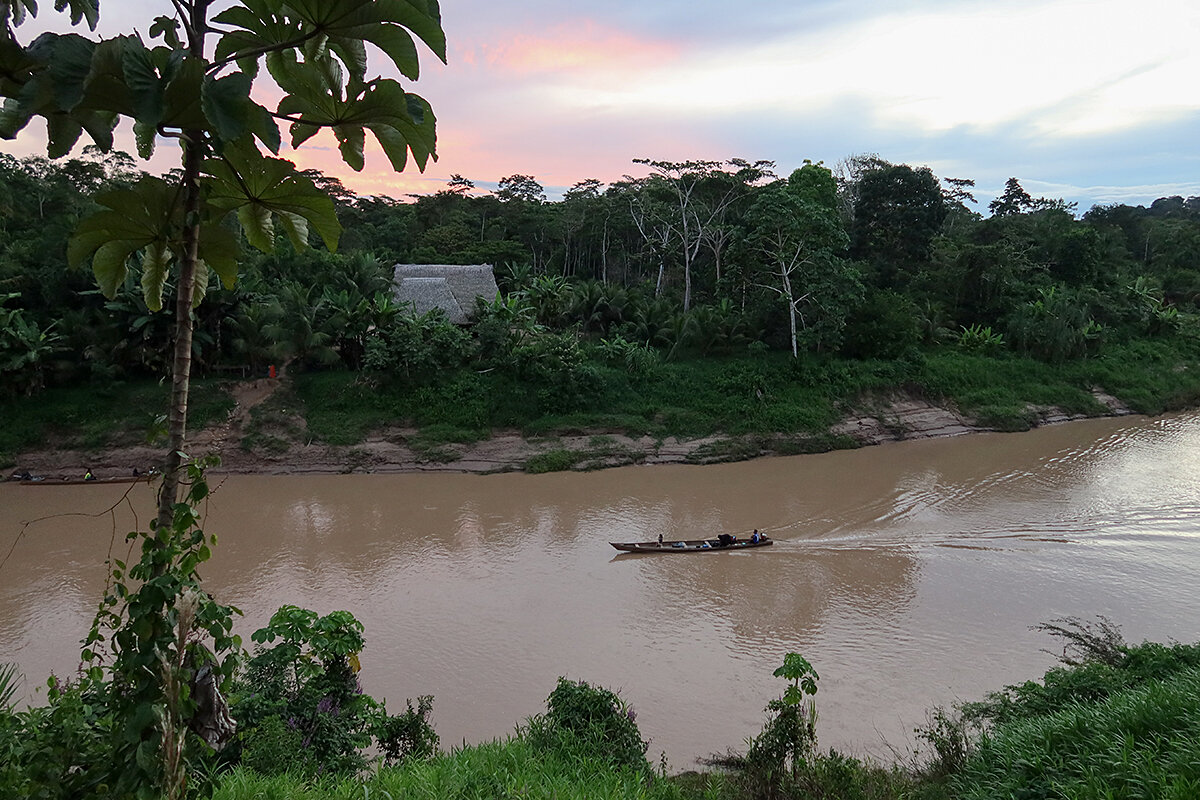My trip to a place that, jokes say, doesn’t exist

 Erika Page
Erika Page
Does Acre exist? It’s a running joke about Brazil’s westernmost Amazonian state, about which the rest of the country – and the world – knows little. While primarily fuel for online memes, the quirky conspiracy theory also points to the invisibility shrouding remote parts of the Amazon.
I jumped at the chance to go myself for the Monitor’s global series on reparations. An Ashaninka Indigenous village in Acre won a historic environmental reparations deal, and the people were willing to tell me their story. You can read about it in today’s Daily.
As one local reporter told me, doing journalism in the Amazon is “physically, psychologically, and financially draining.” Distances are long, with mosquito planes and riverboats the only options through dense jungles. Crime and trafficking networks dominate borders with Peru and Colombia. I was given clear instructions: Don’t tell strangers you’re a reporter. Don’t bring up anything illicit. If possible, don’t travel alone. No story is worth more than a journalist’s life, which means many go untold.
I flew into Cruzeiro do Sul, a day’s journey from the Ashaninka village, at 10 past midnight, the only time flights arrive. I stepped into the thick, sticky air and found myself on very real ground. Over the next three days, I was led through a world still somewhat insulated from Western society. I was welcomed by strangers into homes and hearts alike. And I understood immediately why journalists here persist.
So yes, Acre does exist – in the beauty of a flash rainstorm that threatened to knock over my canoe, the delight of the juiciest of watermelons sold along the riverbank, the power of memories tended by elders and shared in quiet voices, and the humanity of the Ashaninka villagers in refusing to hate the loggers who decimated their land.
It’s one small portrait in Acre’s continuing battle to be truly seen.



